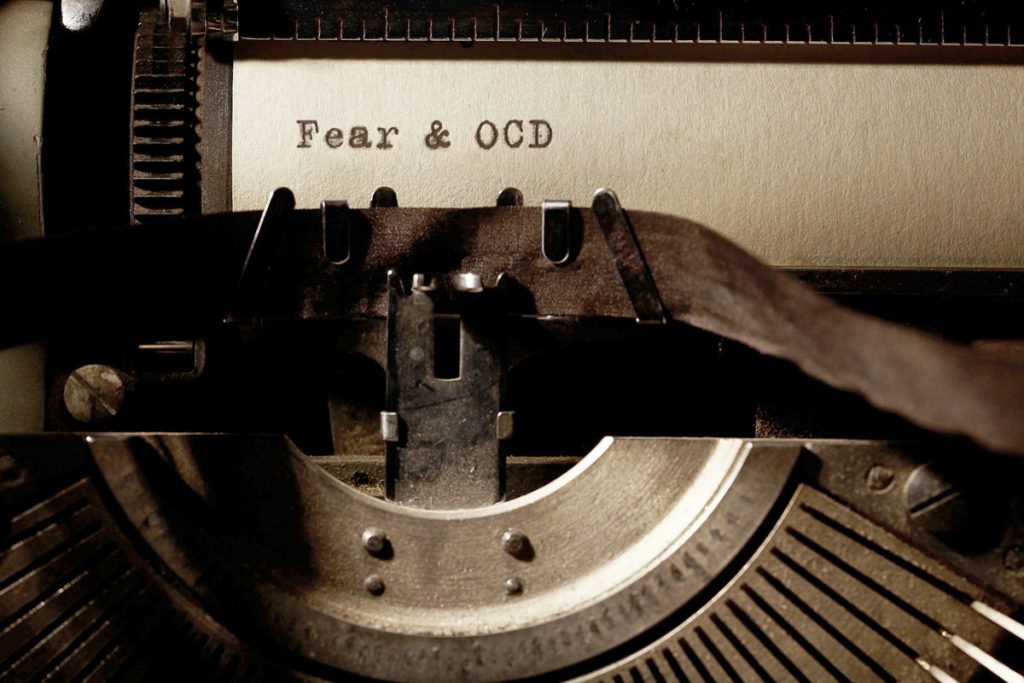
Mental Health Challenges in Youth: BPD and Government Policies
Balancing Early Diagnosis with Developmental Considerations and Navigating Fiscal Responsibility and Accurate Support for Youth Mental Health
The rise in mental health diagnoses among young people in the UK, including conditions like Borderline Personality Disorder (BPD), has prompted a debate over appropriate diagnostic practices and government spending. Health experts caution against diagnosing children with BPD due to developmental changes, while the government implements stricter Personal Independence Payment (PIP) assessments to control public expenditure. Ensuring accurate diagnoses and appropriate care while managing fiscal responsibility remains a complex challenge for policymakers and healthcare providers.
Borderline Personality Disorder (BPD) is a complex mental health condition characterized by instability in moods, behavior, self-image, and functioning. Individuals with BPD may experience intense episodes of anger, depression, and anxiety that can last from a few hours to days. This disorder can significantly impair daily functioning and relationships.
Diagnosis Challenges
Diagnosing BPD typically involves a comprehensive evaluation by mental health professionals, including a detailed history and assessment of symptoms according to criteria set by the Diagnostic and Statistical Manual of Mental Disorders (DSM-5). However, diagnosing BPD is particularly challenging due to the overlap of its symptoms with other mental health disorders and the subjective nature of the symptoms.
- For the DSM-5, you can visit the American Psychiatric Association’s page: DSM-5
- For the ICD-11, you can visit the World Health Organization’s page: ICD-11
Controversy Over Diagnosing Children
Recently, there has been significant debate among health experts regarding the appropriateness of diagnosing children with BPD. According to an article from MSN, health experts are calling for a ban on diagnosing children with BPD due to concerns over the accuracy and implications of such diagnoses at a young age. They argue that a child’s brain is still developing, and symptoms may change as they grow, making early diagnosis potentially harmful and premature.
Arguments Against Diagnosing Children with BPD
- Developmental Changes: Children’s personalities and coping mechanisms are still forming. What might appear as BPD symptoms could be temporary developmental phases.
- Stigmatization: Early diagnosis could lead to stigmatization, affecting a child’s self-esteem and social interactions.
- Misdiagnosis: Symptoms of BPD can overlap with other conditions such as ADHD, depression, and anxiety disorders, leading to potential misdiagnosis.
- Lack of Specialized Treatment: Treatments effective for adults with BPD may not be appropriate or effective for children.
Expert Recommendations
Health experts recommend focusing on providing supportive environments and addressing behavioral issues in children without labeling them with BPD. They advocate for a more cautious approach, emphasizing the importance of monitoring and supporting children’s mental health over time rather than rushing to a diagnosis.
Government Concerns Over Mental Health Diagnoses and Spending in the UK
Rising Mental Health Diagnoses Among Youth
The UK government has expressed growing concern over the increasing number of young people being diagnosed with mental disorders. There is apprehension that many of these diagnoses may be premature or incorrect, which not only impacts the affected individuals but also strains public healthcare resources.
Political and Economic Measures
In an effort to manage public spending and ensure that resources are allocated efficiently, the government is implementing stricter assessments for Personal Independence Payments (PIP). These assessments aim to verify the validity of mental health diagnoses and ensure that only those who genuinely need financial support receive it. The intention is to reduce unnecessary public expenditure while maintaining support for those truly in need.
Misdiagnosis Issues
However, this approach has sparked debate and concern among mental health professionals and advocates. There is a risk that young people may be misdiagnosed due to the complexities of mental health conditions, leading to either under-treatment or over-treatment. Misdiagnosis can have long-term consequences, affecting the mental well-being, development, and future opportunities of young individuals.
Balancing Efficiency with Compassion
The government’s challenge is to balance fiscal responsibility with the compassionate care required for mental health issues. It is essential to ensure that stringent measures do not inadvertently harm those they aim to protect. Accurate diagnosis and appropriate support are crucial for the effective treatment and well-being of young people with mental health disorders.
Conclusion
While the government’s efforts to streamline mental health support and manage public spending are understandable, it is vital to proceed with caution. Ensuring that young people receive accurate diagnoses and appropriate care should remain a priority to prevent long-term negative impacts on their lives and mental health. Collaboration between policymakers, healthcare providers, and mental health advocates is key to achieving a balanced and effective approach.
The debate over diagnosing children with BPD highlights the need for careful consideration of the developmental stages of children and the potential consequences of early labeling. While it is crucial to address mental health issues in children promptly, ensuring that they receive appropriate care without the risk of misdiagnosis or stigmatization is equally important. Health professionals and caregivers must work together to create a balanced approach that prioritizes the well-being and future development of children.
Further Reading:
- Health experts demand ban on diagnosing kids with borderline personality disorder (msn.com)
- Psychiatry.org – DSM
- Psychiatry.org – DSM-5 Fact Sheets
- ICD-11 (who.int)












